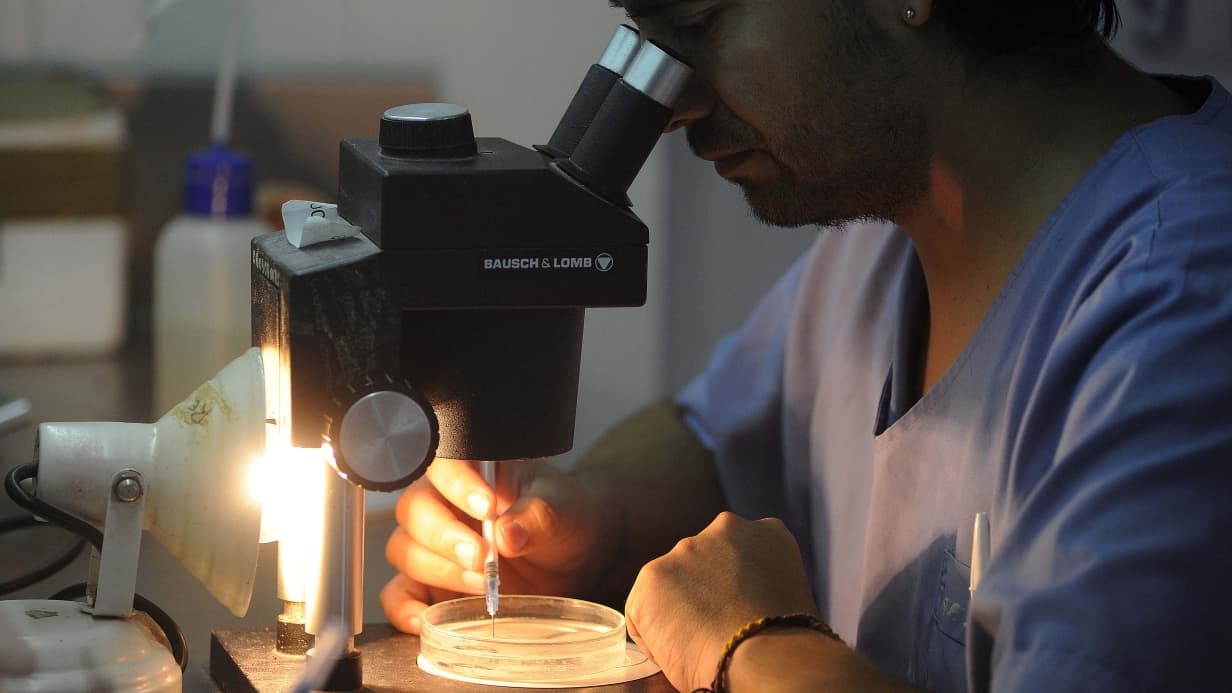A study by health authorities showed that the proportion of people surviving after cancer is generally increasing in France, despite variations depending on the location of the disease.
A study by health authorities showed that the proportion of people surviving after cancer is generally increasing in France, despite variations depending on the location of the disease. “These new findings demonstrate an overall improvement in prognosis at virtually all cancer sites,” in particular leukemias (malignant blood disorders), in a news release. National Cancer Institute (INCa) And the French public health agency.
In addition, “among the most common cancers, there is a significant increase in 5-year net survival” for breast cancer (88% of patients survive after this period), colorectal cancer (63%), and cancer lung. a disease with an “unfavorable prognosis” (20% survival after 5 years). According to the researchers, “the favorable survival trends reflect the advances that have been made in the health system both in the detection of cancers and in their curative management.”
However, in addition to the lung, other cancers “related to tobacco and alcohol” remain “misdiagnosed” diseases and show low 5-year survival rates in both men and women: esophageal cancer (17%) and liver (18%). The “prevention of preventable risk factors for cancer” is one of the axes of France’s ten-year cancer control strategy, which the government detailed this Monday.
‘Great variation in survival’
According to official figures, each year 382,000 people find out that they have had cancer and that 157,500 die from it. A survival study, released Tuesday, collects data on people diagnosed with cancer in France between 1989 and 2018.
The health authorities have extracted from it “updated estimates for the most recent period (2010 to 2015) of survival 1 year, 5 years and 10 years after diagnosis, as well as its progression.” The analysis covered a total of 50 solid tumor sites and 23 types of leukemia.
For solid tumors, “the results show a wide variation in the 5-year survival probabilities ranging from a very positive diagnosis of thyroid cancer (96%) to the worst prognosis for glioblastoma (a subtype of central nervous system tumor ) and small cell lung cancer. ”(Both at 7%).
The numbers vary by gender.
For hematologic malignancies, “ten of them (equivalent to 44% of new cases diagnosed each year) have a 5-year net survival of more than 80%.” Among these types of diseases, “acute myeloid leukemia (7% of new annual cases of pernicious leukemia) has the worst prognosis, with a 5-year survival of 27%.”
According to the study, “cancers with an unfavorable prognosis represent, in terms of incidence (new cases), 32% of solid tumors in men and 19% in women, as well as 7% of hematological neoplasms in men and 9 % in women. . ”. On the contrary, “cancers with a positive prognosis represent 40% of solid tumors in men and 55% in women, as well as 45% of hematological malignancies in men and women.”
The most advanced disease is diagnosed in the elderly.
These gender differences can be explained by better detection in women and greater exposure to risk factors in men, including tobacco and alcohol.
Finally, “a decrease in survival was observed with increasing age at diagnosis, with a more pronounced difference in some hematological neoplasms.”
This may be because the disease is often in a more advanced stage when diagnosed in older adults.
–
